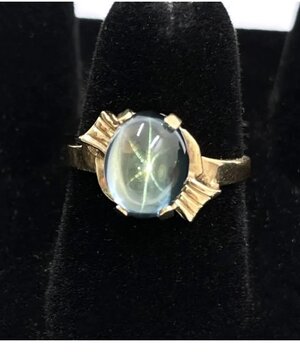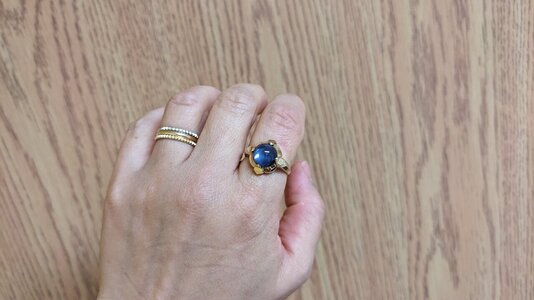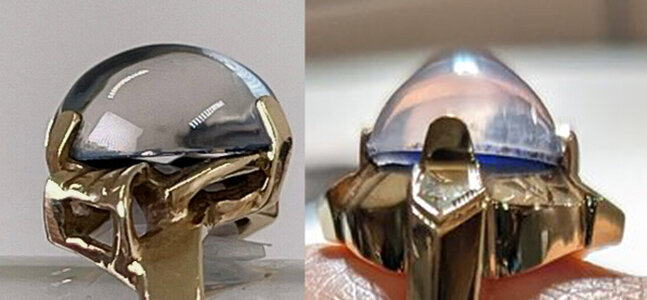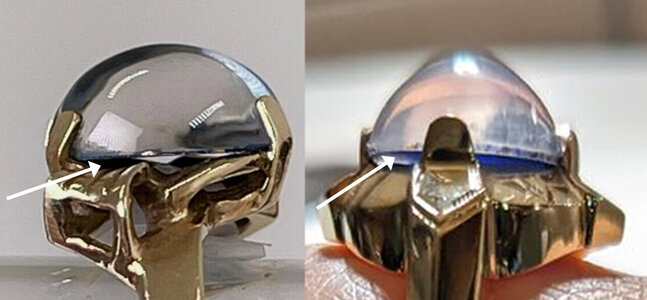- Joined
- Oct 28, 2012
- Messages
- 1,443
Well, 'starry base' isn't exactly a standard gemmological term... I just made it up. I mean that the stars are produced by a layer of 'starry' material in the base. 'Starry' material has lots of parallel inclusions or scratches that cause the star (as I outlined in the demo with the scissors blade and the loupe.)
This contrasts with 'normal' star stones, in which the whole body is made of starry material, not just the base.
If the base and dome are glued, then ultrasonic cleaning could force fluid into the join, weakening it.
Ok I see!










300x240.png)